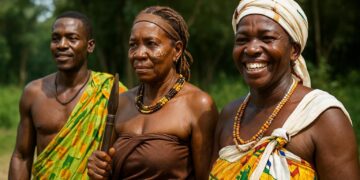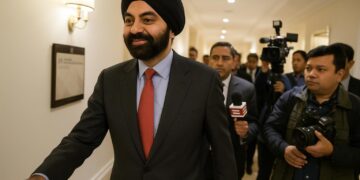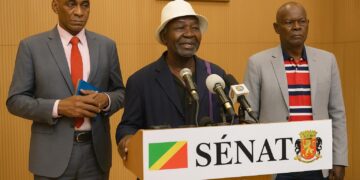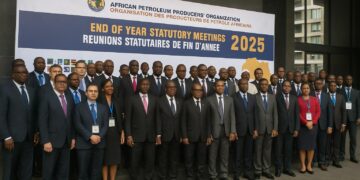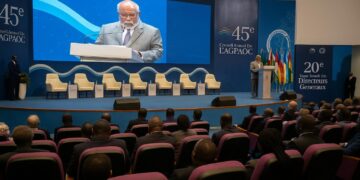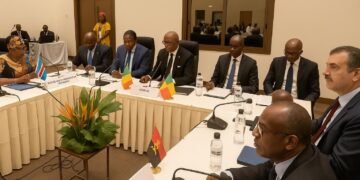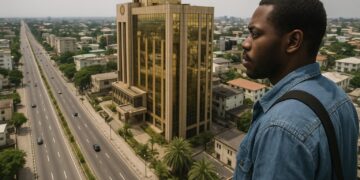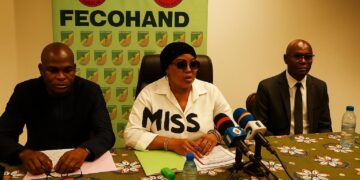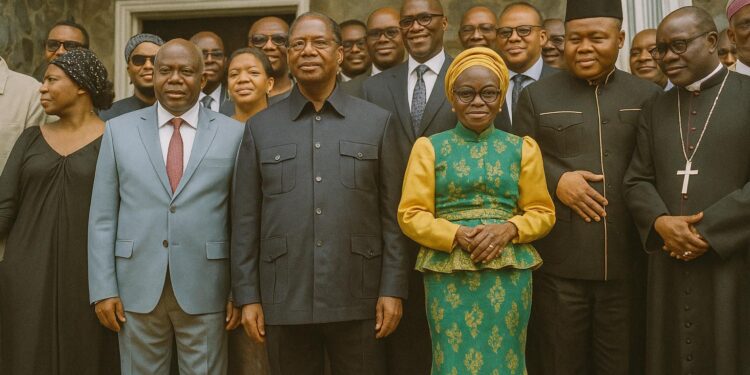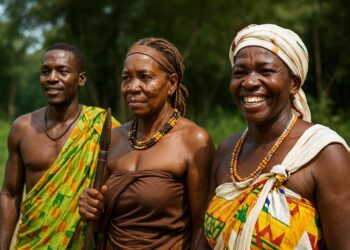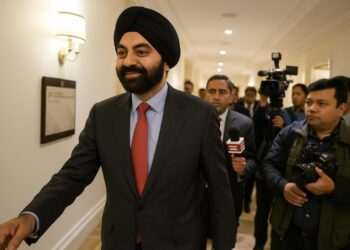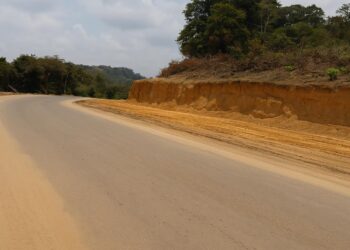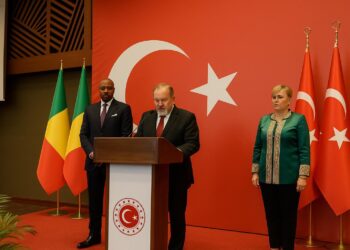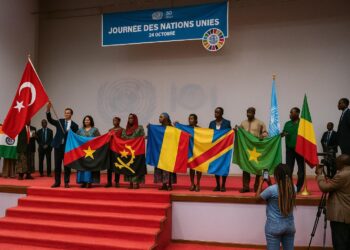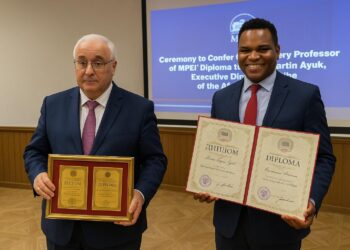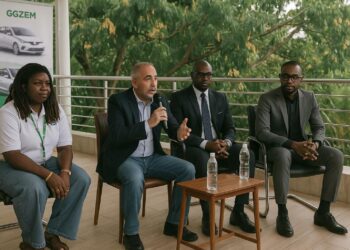Dolisie stakes a claim in Congo’s health map
From the moment the ribbon was clipped beneath the equatorial sun, the Or Vert Medical-Social Centre projected an ambition larger than its discreet modernist façade. Dolisie, the rail-side hub often overshadowed by Brazzaville and Pointe-Noire, has now secured an institution that officials describe as both a catalyst for equitable service provision and a symbol of national cohesion. The facility’s twenty-plus beds, integrated pharmacy and laboratory answer a pressing demographic reality: Niari’s population has doubled in two decades, yet hospital density had remained static, according to the Ministry of Health (2023).
Strategic calculus behind the location
Locating a specialised structure in the country’s third city is neither accident nor mere philanthropy. Dolisie anchors a transport corridor linking the Atlantic coast to the northern forest economy. Health planners view the centre as an insurance policy against logistical delays that previously forced emergency referrals to Brazzaville, a journey exceeding six hundred kilometres by road. In diplomatic circles, the move is interpreted as a measured response to World Health Organization recommendations urging member states to narrow the urban-rural service gap (World Health Organization 2024).
Public-private synergy under presidential vision
President Denis Sassou Nguesso has repeatedly argued that sustainable social indicators demand calibrated partnerships. By entrusting management to Securex, whose chairman Ange Frédéric Ovaga championed similar facilities in Ouesso and Casablanca, the government leverages private efficiency while retaining regulatory supervision. During the ceremony, Health Minister Jean-Rosaire Ibara underscored that alignment: his ministry retains oversight of pricing protocols, staff accreditation and future expansion, ensuring the affordability pledge remains credible. Observers note that this model mirrors frameworks validated by the African Development Bank’s recent assessment of hybrid financing across Central Africa (African Development Bank 2022).
Infrastructure is only the first metric
Within the complex, a stainless-steel operating theatre gleamed for the cameras, yet senior clinicians quietly emphasised follow-through indicators: staff retention beyond the initial three-year contract cycle, reagent supply chains during the rainy season and routine maintenance budgets. The facility’s designers incorporated solar backup energy to mitigate grid volatility, but biomedical refrigeration still depends on diesel contingencies. For experts such as Dr. Mireille Loufoua, a public-health scholar at Marien Ngouabi University, the ultimate verdict will hinge on obstetric outcomes and infection-control statistics compiled over time. The centre’s initial case-mix, dominated by maternal and paediatric referrals, offers a clear data field for monitoring.
Regional ripple effects and diplomatic optics
The timing of the launch during the Economic Community of Central African States’ health week lent the event a regional dimension. Visiting delegates from Gabon and Cameroon discreetly toured the site after the public festivities, gauging viability for replication. For Brazzaville’s diplomats, such interest generates soft-power dividends: the Republic of Congo positions itself not solely as a hydrocarbon exporter but as a convener of best practice in social infrastructure. Cultural nuance was not overlooked; the Mukudji stilt dancers who guided officials through the wards projected a narrative of continuity between tradition and modernity, reinforcing a unifying national storyline rather than a strictly technocratic unveiling.
Future trajectories in Congo’s healthcare architecture
Securex has pledged an ophthalmology suite and a dialysis unit by the close of 2025, a timeline that aligns with the government’s National Development Plan cycle. The proposition dovetails with external assessments that chronic kidney disease and avoidable blindness are climbing the country’s morbidity charts. If the projections hold, provincial travel for dialysis could fall by forty per cent, easing economic strain on households. Meanwhile, Brazzaville’s diplomats will likely reference the Dolisie experience in upcoming Universal Health Coverage forums, arguing that decentralisation, when paired with disciplined regulation, can advance Sustainable Development Goal 3 without compromising fiscal prudence.
As twilight settled on the inauguration day, the crowd’s applause echoed against the centre’s glass frontage, but the greater resonance may lie in the data sets and policy dialogues that follow. The Or Vert initiative stands as a microcosm of Congo-Brazzaville’s broader wager: that deliberate statecraft, when fused with entrepreneurial resolve, can translate sovereign intent into tangible social capital.

